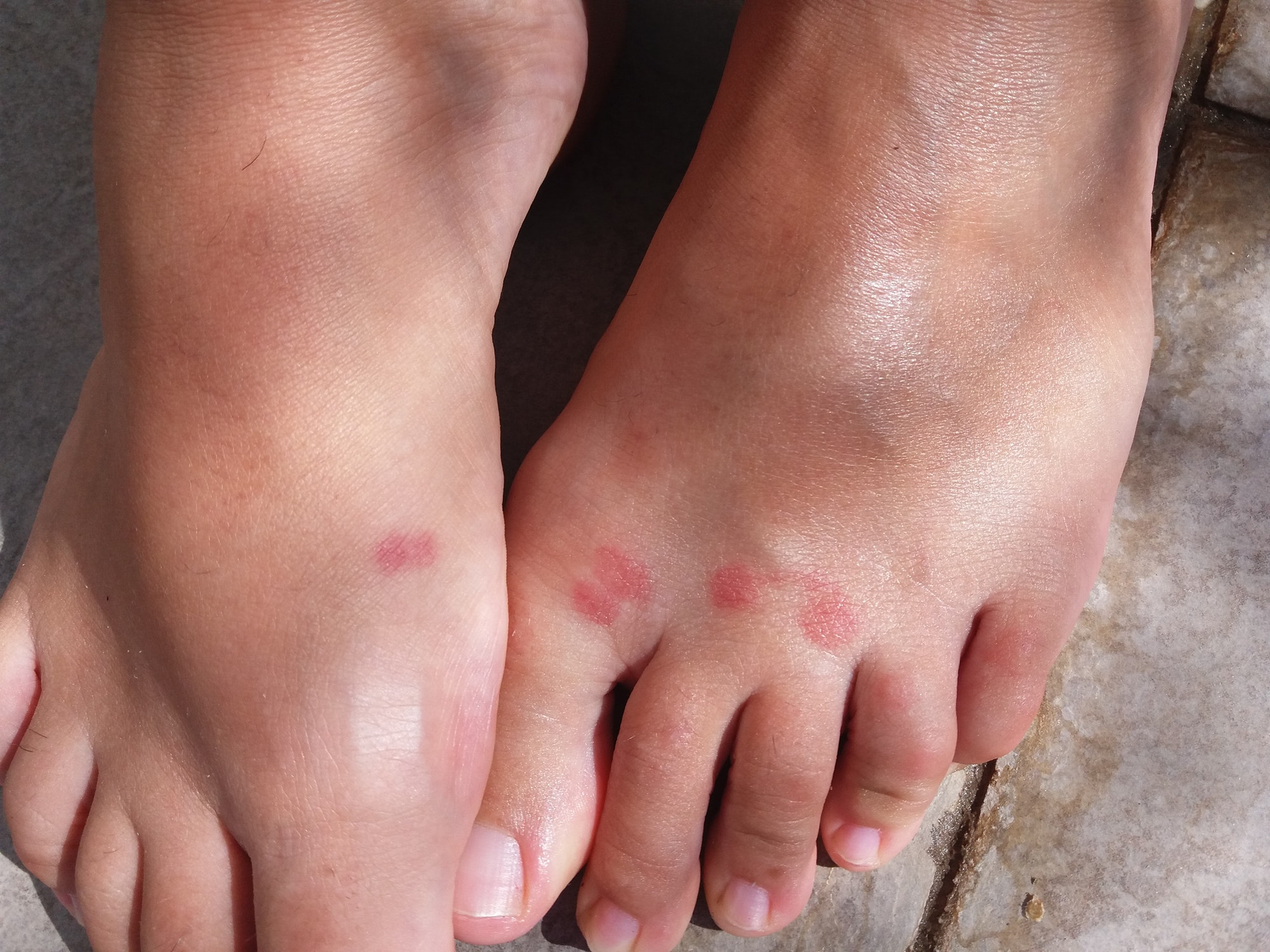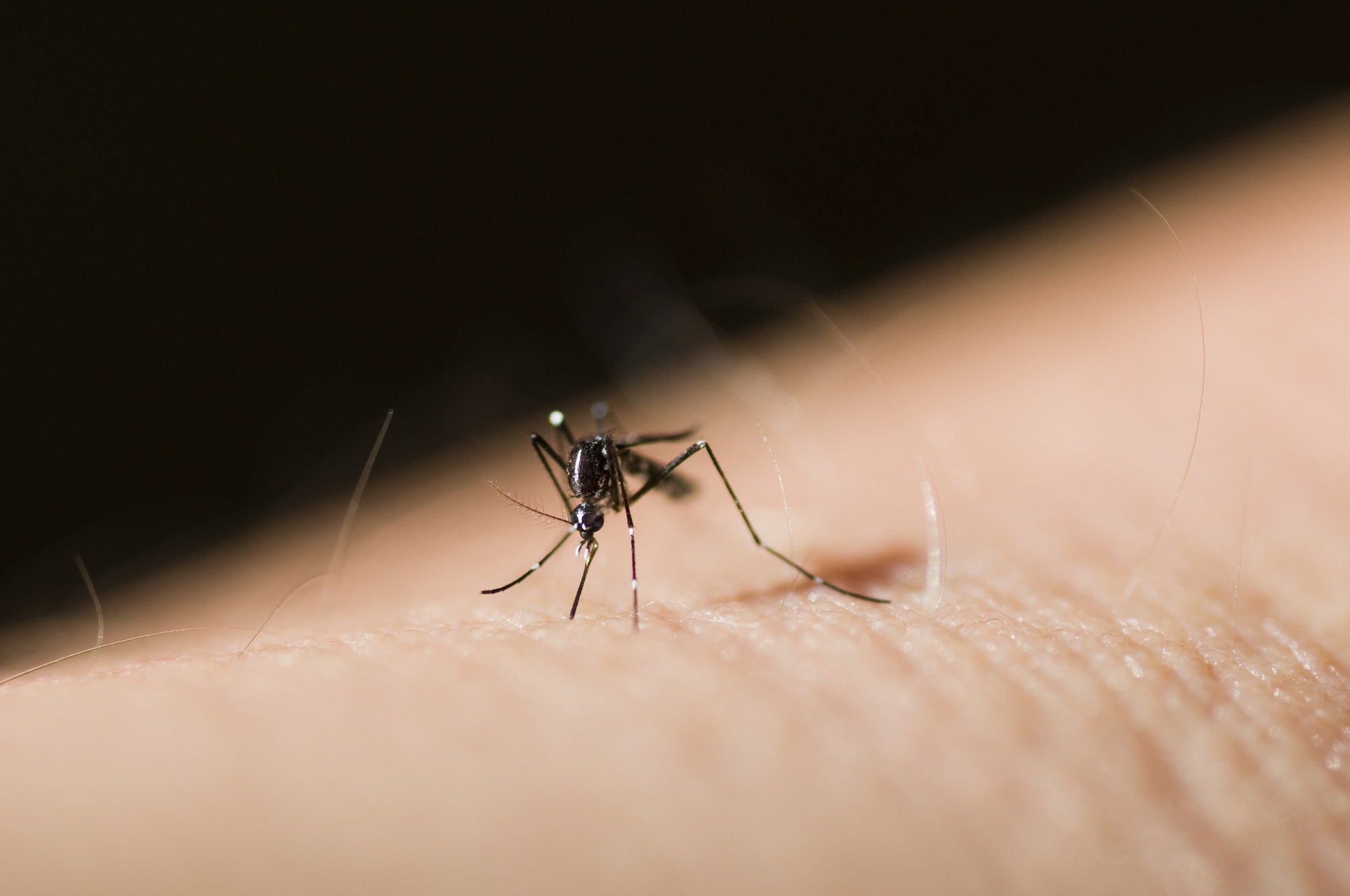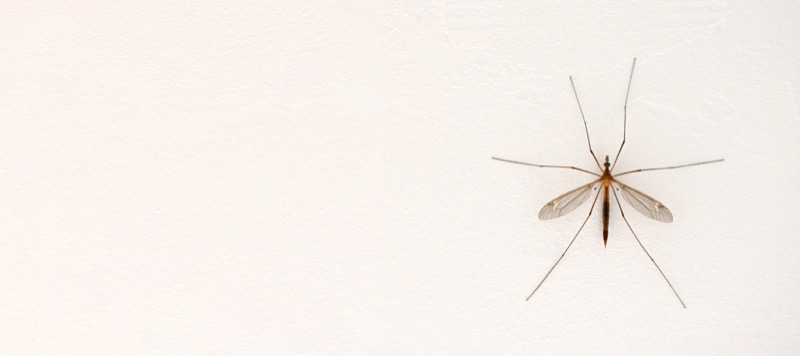Top Mosquito-Borne illnesses in The U.S
A human’s ear can hear the faint buzzing of a mosquito as the mosquito approaches the human’s skin, landing onto it delicately and causing a slight pain to the human as it inserts its needle-like mouthparts into the skin and begins consuming the blood that lays under it. Undeniably, many find the instance of receiving a mosquito bite annoying or frustrating, and it is reasonable to be concerned about mosquitos since they are capable of carrying diseases and parasites
Most of these diseases and parasites are transmittable to human beings and happen in most parts of the world, including the U.S. Although there are many mosquito-borne diseases and parasites, the most commonly transmitted ones in the U.S are the West Nile virus, malaria, and dengue.
Unlike malaria and dengue, the West Nile virus is the most commonly transmittable mosquito-borne illness in the U.S. It is mainly infectious among avian species but can be transmitted to human beings by mosquitos.

The West Nile virus is not lethal to humans, but it may cause fatal conditions to an infected individual. In fact, “about 1 in 5 people who are infected develop a fever and other symptoms,” and “about 1 out of 150 infected people develop a serious, sometimes fatal, illness” (“West Nile virus,” 2020).
Often, the infected individual may not experience any symptoms, and mild symptoms usually go away on their own over time after they become visible. Mild symptoms include but are not limited to fever, headaches, body aches, vomiting, and diarrhea. Likewise, severe symptoms include but are not limited to high fever, severe headaches, disorientation, and partial paralysis or muscle weakness (Mayo Clinic Staff, 2020).
Although there is no current treatment for the virus, the symptoms can be treated to decrease their effect on the infected individual. Overall, the West Nile virus isn’t as deadly as it initially seems.
Malaria follows the West Nile virus in being one of the most commonly transmittable diseases in the United States. Unlike the West Nile virus, malaria consists of a mosquito transmitting a parasite into a person’s body, particularly blood-stage parasites, and “about 2,000 cases of malaria are diagnosed in the United States each year” (“About Malaria,” 2020). Most of these cases are travelers or immigrants who were in an area where malaria transmission occurs. It is also a deadly illness, but there is a treatment available for it.
Often, the infected individual experiences three stages: the cold, hot, and sweating stage. In the cold phase, the person experiences chill and shivering; in the hot phase, the person experiences a high fever; and in the sweating phase, the person experiences literal sweating and a return to normal body temperature (Mayo Clinic Staff, 2020).
There are cases when a person experiences a severe case of malaria, however. In these cases, the individual needs urgent medical attention. Manifestations of severe malaria include but are not limited to cerebral malaria, severe anemia, hemoglobinuria, and ARDS, or acute respiratory distress syndrome (“Disease,” 2020). If diagnosed with malaria, the infected individual is given an antimalarial medication as part of the treatment. All in all, malaria is dangerous but treatable.
 >
>
Falling in third place is dengue, also considered one of the most commonly transmittable mosquito-borne illnesses in the U.S. The Aedes aegypti and A. albopictus mosquitoes are both responsible for the spread of dengue (The Editors of Encyclopaedia Britannica, 2020). Like malaria, dengue also has its mild and severe version of itself. The symptom of mild dengue is a fever, usually accompanied by nausea or vomiting, rash, and eye, muscle, joint, or bone pain (“Symptoms and Treatment,” 2020).
There is a possibility of a sick individual to develop severe dengue hours after having gotten infected, however. In fact, “about 1 in 20 people who get sick with dengue will develop severe dengue,” and symptoms include but are not limited to stomach or belly pain, vomiting at least three times or vomiting blood, bleeding from the nose or gums, and feeling tired, restless, or irritated (“Symptoms and Treatment,” 2020). In the case of severe dengue, the individual is to receive medical attention immediately, for it can lead to death if unattended. Moreover, there is no treatment for dengue, but symptoms can be treated to relieve their effects on the infected individual. Thus, dengue is currently considered a dangerous and untreatable illness.
In conclusion, the West Nile virus, malaria, and dengue are three of the most commonly transmittable mosquito-borne diseases that occur in the United States that share similar symptoms and vary in severity and treatment availability.
Author: Anahi Jimenez
Barry University
Works Cited
- About Malaria.” Centers for Disease Control and Prevention, 12 Mar. 2020, https://www.cdc.gov/malaria/about/. Accessed 26 Oct. 2020.
- Disease.” Centers for Disease Control and Prevention, 4 Jan. 2019, https://www.cdc.gov/malaria/about/disease.html. Accessed 26 Oct. 2020
- Mayo Clinic Staff. “Malaria.” Mayo Foundation for Medical Education and Research, https://www.mayoclinic.org/diseases-conditions/malaria/symptoms-causes/syc-20351184. Accessed 26 Oct. 2020
- West Nile virus.” Mayo Foundation for Medical Education and Research, https://www.mayoclinic.org/diseases-conditions/west-nile-virus/symptoms-causes/syc-20350320. Accessed 26 Oct. 2020
- Symptoms and Treatment.” Centers for Disease Control and Prevention, 14 July 2020, https://www.cdc.gov/dengue/symptoms/index.html. Accessed 26 Oct. 2020
- The Editors of Encyclopaedia Britannica. “Dengue.” Encyclopædia Britannica, Inc, 2 Oct. 2020, https://www.britannica.com/science/dengue. Accessed 26 Oct. 2020
- West Nile virus.” Centers for Disease Control and Prevention, 3 June 2020, https://www.cdc.gov/westnile/index.html. Accessed 26 Oct. 2020








